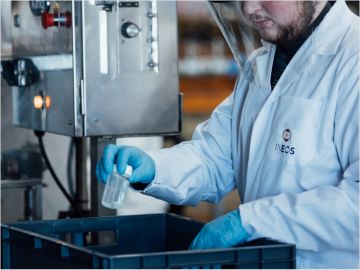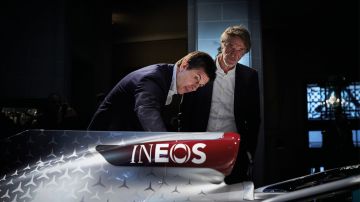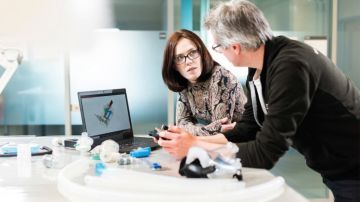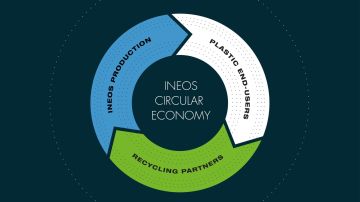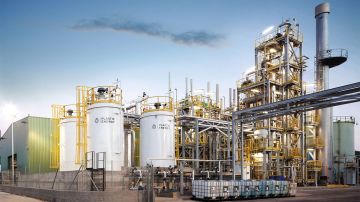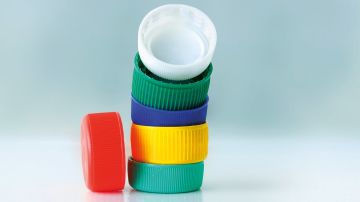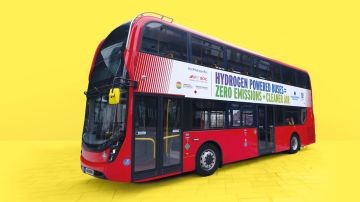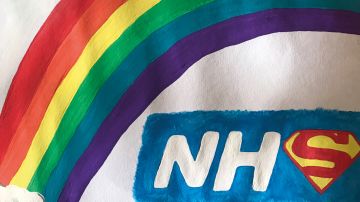Billions of caps from plastic drinks bottles - destined for landfill - are now being recycled into perfectly-formed, colourful new ones. INEOS, which is behind the move, says it has never been done before.
“It is a step change but it is what was needed,” said Bruce Debell, business director of INEOS Olefins & Polymers South. “We have proven to the world that you can use recycled products to create high quality ones.”
Over the next five years, 6.5 billion bottle caps will be recycled.
O&P is working in partnership with a privately-owned Italian company which specialises in recycling high density polyethylene and has developed a system that allows the different coloured bottle tops to be separated and cleaned.
In the past, this highly-versatile plastic, which can be moulded into almost any shape, was either sent to landfill or turned into such things as plant pots and garden furniture. But Bruce said that was a waste of a highly-engineered plastic that deserved better. “Other, lower grade plastics can be used for those things,” he said.
INEOS and Forever Plast in Milan already have popular brands lined up, wanting to buy the new bottle tops.
The changes are in direct response to consumers, demanding recycled products from companies amid concern for the environment.
“In doing this we are using fewer fossil fuels to make our products,” said Bruce.
Forever Plast blends 50% of the recycled bottle tops with highly-engineered speciality chemicals, which have been developed at INEOS’ plant in Tuscany.
The end result mirrors INEOS’ virgin grades of high density polyethylene.
Currently, the new tops, which will be made with 50% of recycled material, cannot be used on food containers or drink bottles due to regulations. But that’s the ultimate goal. “It’s difficult, but we are not ruling it out,” said Bruce.
“We are now working towards being able to use these products so they can be in contact with food again because, if we can do that, there’s a huge market out there.”
Over the years bottle caps have got lighter without losing any of their qualities.
It may seem trivial but with billions of bottle tops being produced every year, using fewer resources to make them, can make a huge difference.
“All that has been achieved through science,” said Bruce.
Forever Plast
Over the next five years, 6.5 billion bottle caps will be recycled Recycling Process
- PET recyclers collect bottles.
- The plastic bottles are sorted and crushed into huge bales.
- The plastic is shredded and placed in water.
- The former bottles, which are made of PET, sink.
- The former bottle caps, which are made from high density polyethylene, float.
- The multi-coloured flakes (the former bottle top caps) can then be skimmed off the surface.
- Those flakes are sent to Forever Plast where they are put in a machine which can sort the the flakes into different colours.
- They are then cleaned, ground into pellets and finally blended with highly-engineered virgin chemicals from INEOS.
